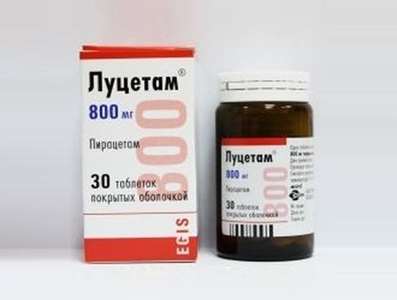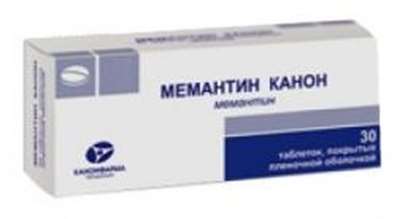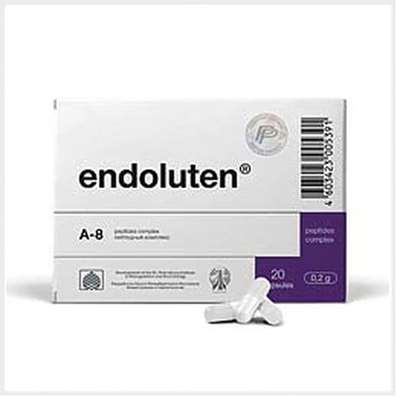Instruction for use: Prifinium bromide (Prifinii bromidum)
I want this, give me price
chemical name
3- (diphenylethylene) -1,1-dimethyl-2-methylpyrrolidin bromide
Pharmacological group
M Cholinolytics
The nosological classification (ICD-10)
G93.2 Benign intracranial hypertension
intracranial Hypertension, Persistent cerebral hypertension
P92.0 Vomiting Newborn
P92.1 Regurgitation and rumination of newborn
Regurgitation in infants, regurgitation syndrome in newborn infants, Functional spasms after feedings
R10.4 Other and unspecified abdominal pain
Abdominal pain, Gastrointestinal spasm, intestinal colic, Colic in infants, The feeling of fullness, Resi abdominal, Spasm of smooth muscle in diseases of the digestive tract, The spasm of the biliary tract, Biliary tract spasm, enterospasm, Spasm of the digestive tract, Spasms of the digestive tract smooth muscle, stomach Cramps, gastrointestinal spasms, Spastic condition of the gastrointestinal tract, intestinal tenesmus, Feeling of fullness, Baby colic
R11 Nausea and vomiting
Postoperative vomiting, Nausea, vomiting, Vomiting in the postoperative period, Vomiting drug, Vomiting on the background radiation therapy, Vomiting indomitable, Vomiting with radiation therapy, persistent vomiting, anacatharsis, Postoperative nausea, Vomiting during chemotherapy, Vomiting of central origin, Vomiting on the background of cytostatic chemotherapy, persistent hiccups, repeated vomiting
R14 Flatulence and related conditions
abdominal distention, flatulence, pronounced flatulence, Gases in the postoperative period, degassing bowel before diagnostic studies, degassing intestine before X-rays, gas delay, Excessive formation and accumulation of gases in the digestive tract, brash, Flatulence, Flatulence with increased gas formation in the digestive tract, Flatulence in infants, Flatulence in newborns, Flatulence caused by fatty or unusual food, Flatulence caused by disease of the digestive tract, belching, The feeling of bloating, The feeling of fullness, Increased flatulence, The increased gas formation and accumulation of gases in the digestive tract, Fullness in the epigastrium, Feeling of fullness, The feeling of heaviness in the stomach, Flatulence in the gastrointestinal tract, Increased production and accumulation of gases in the digestive tract
Code CAS 4630-95-9
Pharmacology
Mode of action - antispasmodic, antiemetic, holinoliticheskoe.
Slowly absorbed from the gastrointestinal tract. Rapidly excreted in the bile and urine. Blockade of peripheral nicotinic acetylcholine receptor gastrointestinal m leads to suppression of secretion of hydrochloric acid and lowering peptic activity of gastric juice. Reduces the exocrine activity of the pancreas, the tone of smooth muscles of the gastrointestinal tract, normalizes the peristalsis of the stomach, corrects the increased motor activity gastrointestinal tract.
Indications
Nausea and vomiting in functional spasms in infants and children after feeding, acute gastroenteritis, fever, intracranial hypertension, after radiotherapy, intolerance of drugs, abdominal pain syndrome in functional disorders of the colon associated with impaired intestinal patency, and bloating, cramps smooth muscles of the digestive tract of psychogenic nature, symptomatic therapy of organic diseases of the gastrointestinal tract.
Contraindications
Hypersensitivity, acute attack of glaucoma, acute retention of urine.
Restrictions apply
Elevated intraocular pressure, obstructive urinary tract disease, Akhil, exocrine pancreatic insufficiency.
Side effects
Dry mouth, mydriasis, disturbance of accommodation, somnolence.
Interaction
It enhances the effect of narcotic analgesics, antidepressants, neuroleptics, antiparkinsonian and anticholinergic drugs.
Overdose
It may be at a 10-fold excess sredneterapevticheskih doses and manifested symptoms of depression transmission of nerve impulses in the autonomic ganglia. At 100-fold excess sredneterapevticheskih doses may cause effects caused kurarepodobnymi means, including respiratory depression.
Treatment: mechanical ventilation, cholinesterase blockers.
Routes of administration
Inside.

 Cart
Cart





